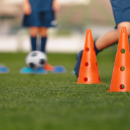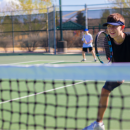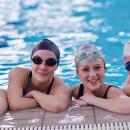Activities Noticeboard
Posters and fliers about activities and events for young people in Oxfordshire.
Posters and fliers about activities and events for young people in Oxfordshire.

Activities Oxfordshire lists activities, services, clubs and other things to do and places to go for young people aged 13-19 (up to 25 with learning difficulties and disabilities).

Every young person in Oxfordshire has the right to information and guidance about learning and career choices

Continuing with education after GCSEs is a popular choice, with lots of different ways to learn

When young people with disabilities start work, training, or take part in work experience, their rights are protected

Doing fun activities in your free time boosts your wellbeing, extends your social group and helps you learn

Football is one of the most exciting sports in the world and it brings a variety of people together

GCSEs and other pre-16 qualifications support your future learning and get you ready for Post-16 learning

Exercise is fun and good for you – here are some more good reasons to get moving…

Most of Oxfordshire’s children and young people go to school or college – but some are educated at home

Results day can feel like an anxious time. But even if your results are not what you hoped you can still find a great place to study

Swimming is a great form exercise whatever your age or ability

Traineeships are flexible training programmes for young people aged 16 to 24 years

Work experience is part of your study programme and involves spending time in a real work place, doing work

Education is coming to an end and the workplace beckons - how can you make sure you are ready for work?